How to grow gooseberries
Last Update :2024.12.12
Article Catalog
3. Problem diagnosis and treatment
Its cold resistance is good, and it likes warmth. It is more suitable at around 20 degrees. It needs to provide sufficient light and a little shade in summer. It is more afraid of waterlogging. When there is a lot of rain, the water needs to be drained in time. Lay a good base fertilizer, and top dressing is usually done twice a year. Compound fertilizer can be used.
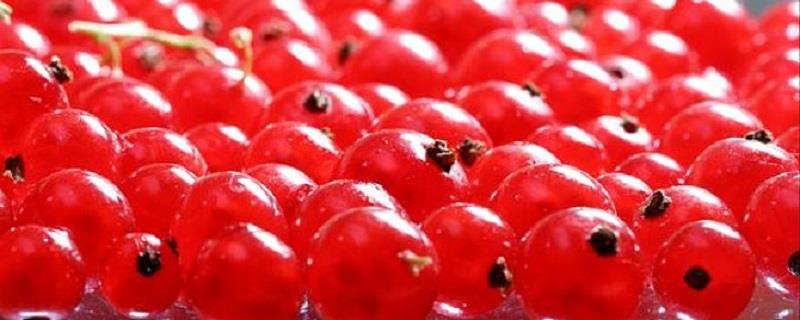
1. Breeding methods
1. Breeding methods
1. Temperature: It can be seen from the fact that it is mainly distributed in the northern region of my country that its cold resistance is good. It itself likes warmth, and is more suitable at around 20 degrees. In winter, because of its good cold resistance, it can be adjusted according to the specific season. Cold protection is only needed in areas that are too cold.

2. Light: It has a high demand for sunlight. Moreover, if you want it to increase its yield, sunshine is also indispensable. During its growth period, especially when it is blooming and bearing fruit, it needs to be provided with sufficient light. However, there will be strong light in summer and a little shade is required.
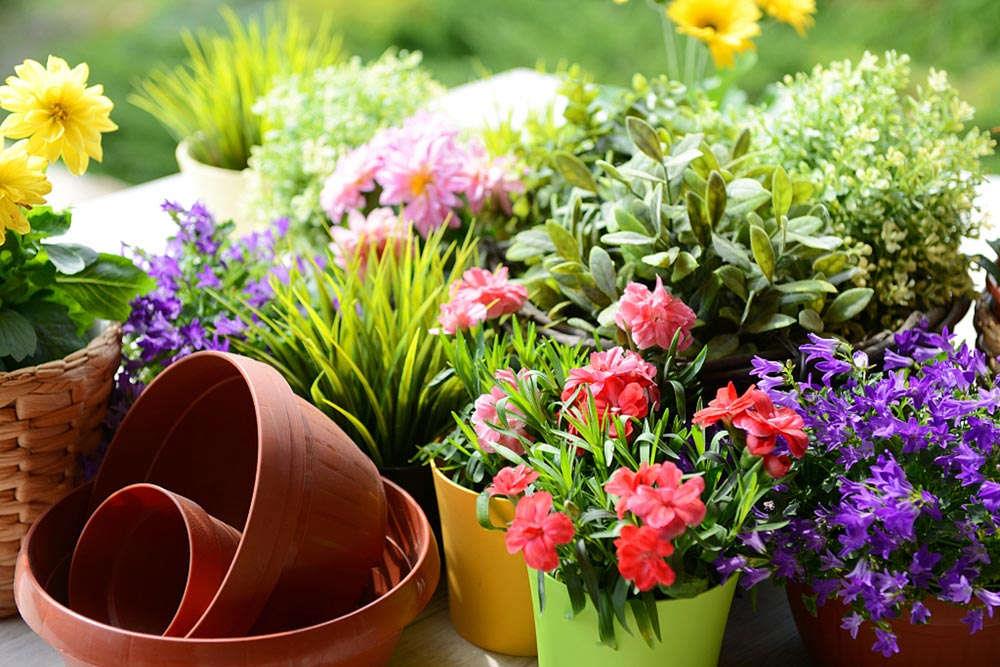
3. Watering: Gooseberries are more afraid of waterlogging. . Generally speaking, it is most suitable for the water holding capacity of the soil to be maintained at 75 to 80%, without water accumulation. When it rains a lot, the water needs to be drained in time.
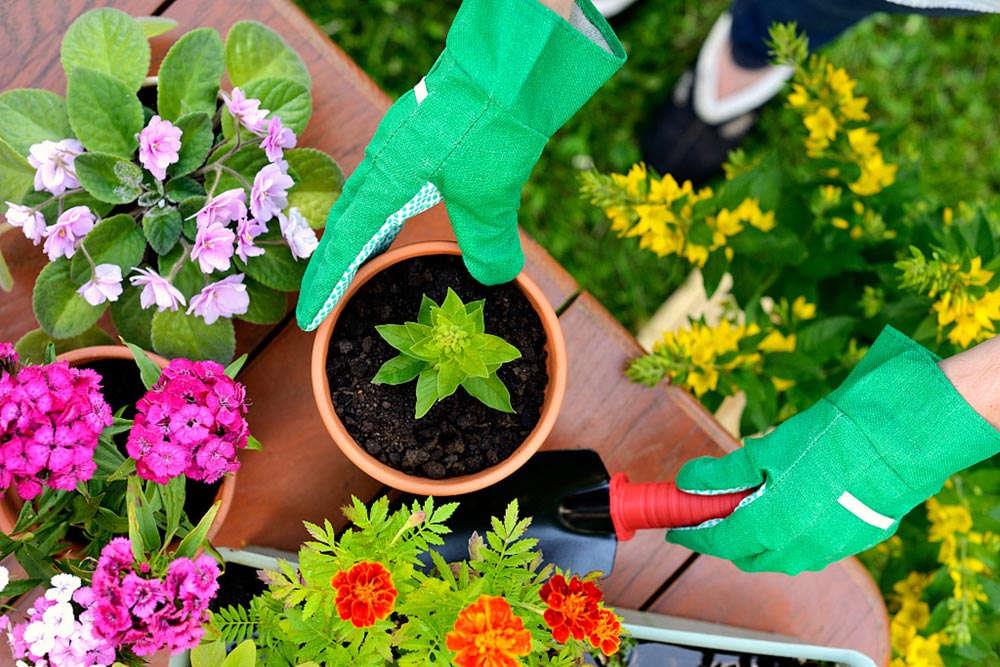
4. Fertilization: The demand for fertilizer for gooseberries is still some. The first is base fertilizer, which is very important. The base fertilizer mainly uses farmyard manure. The other is top dressing, usually twice a year, compound fertilizer can be used.
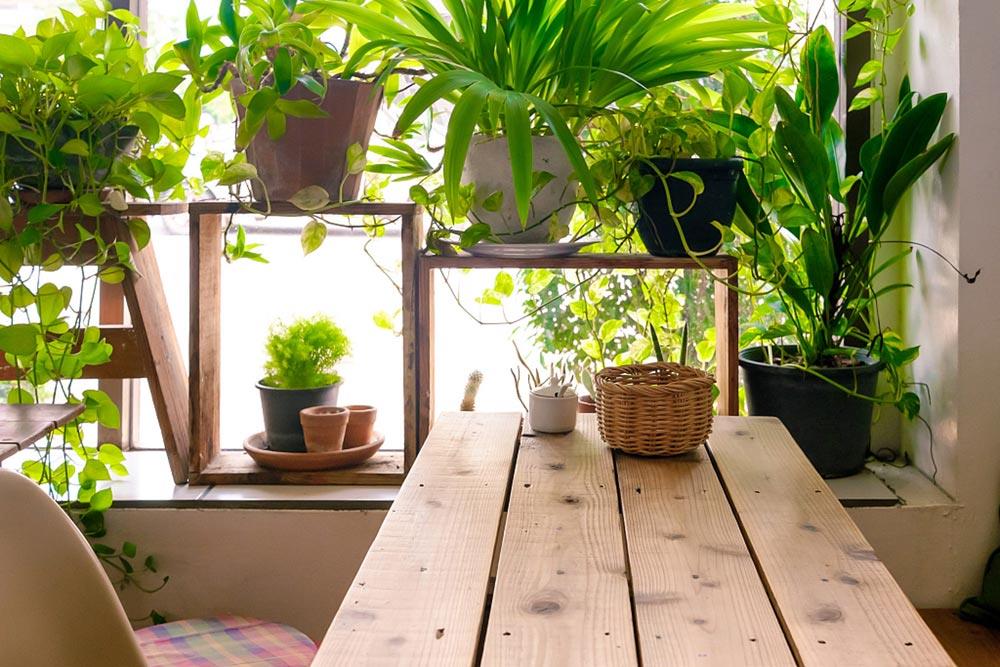
2. Breeding skills
1 , Propagation: Propagation can be done by cuttings. The selected material needs to be an annual, high-quality, disease-free branch with a suitable length of 12 to 15 centimeters, and it must have two or three buds on it. After cutting it, it needs to be soaked in rooting powder and then inserted into the substrate. The row spacing is better between 1.5 and 2 meters, and the plant spacing is about 1.5 meters.
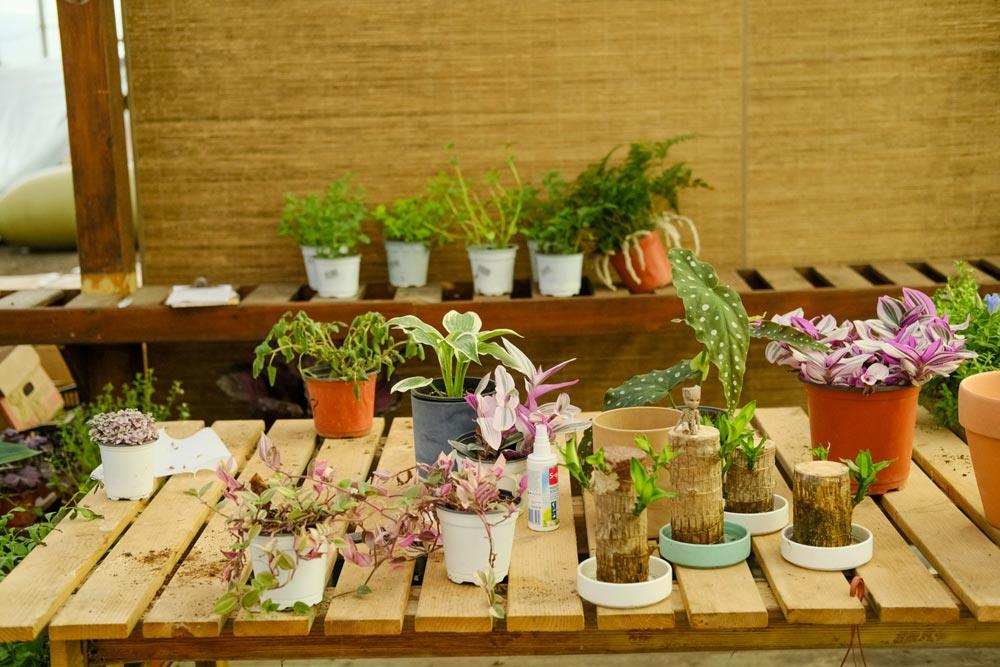
2. Pruning: In summer and dormant period, All can be pruned. During the dormant period, four or five buds need to be left and then pruned again. Summer pruning is usually done after all the flowers have fallen, and the branches that are too dense, dead, and senescent are cut off.

3. Problem diagnosis and treatment
1 , Diseases: The most important one is "powdery mildew". It mainly damages the leaves, and a layer of white powdery substance will appear on the back and front. It needs to be sprayed two or three times in a row to cure the disease.

2. Pests: The main type of pests is called "penetrating flowers" "winged moth", the larvae are relatively harmful. Can be combined with pruning to control.
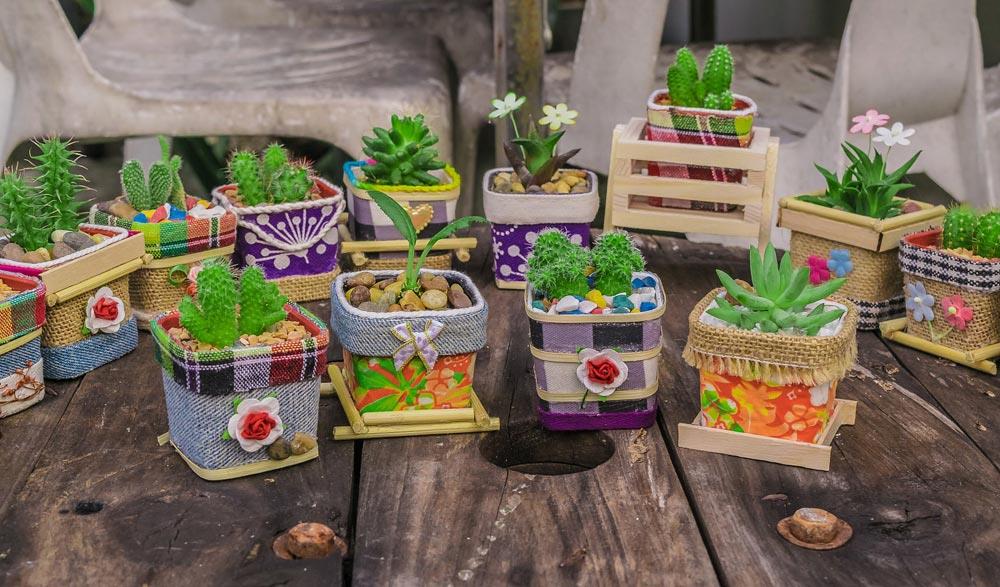
IV. Other questions
1 , Toxicity: It is non-toxic, so there is no need to worry about this.

2. Can it be grown at home: Generally speaking, yes No, because it is not an ornamental species.

2. Breeding skills
3. Problem diagnosis and treatment
4. Other issues
- END -
When are apples ripe?

Under normal circumstances, apples mostly mature in autumn. However, depending on ...
How to propagate Vine Rose? Can it be taken by cuttings?

Vine roses can be propagated through grafting. The rootstock can be wild rose seed...